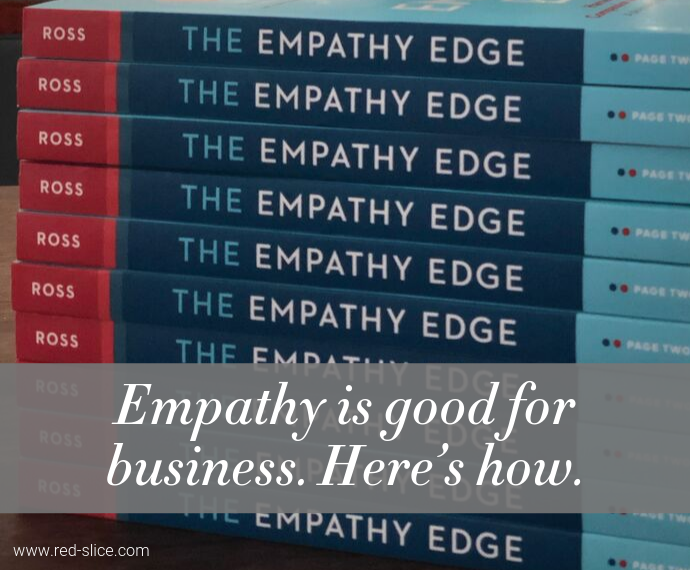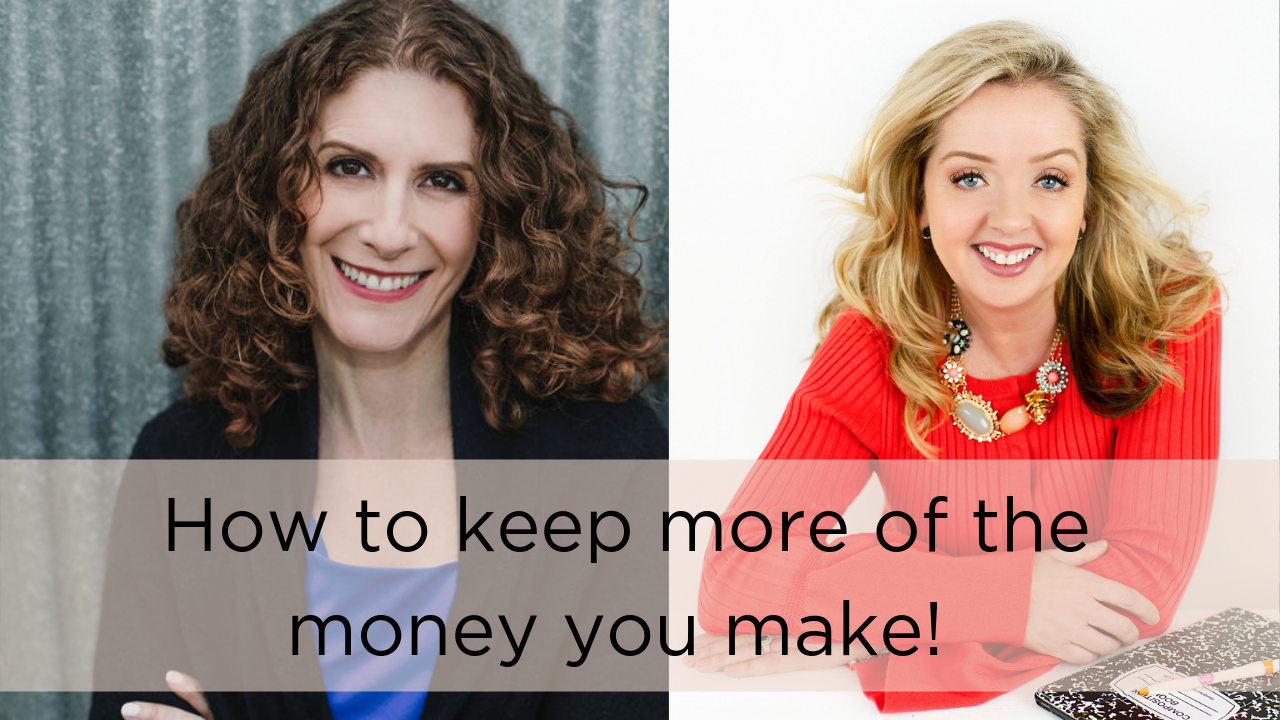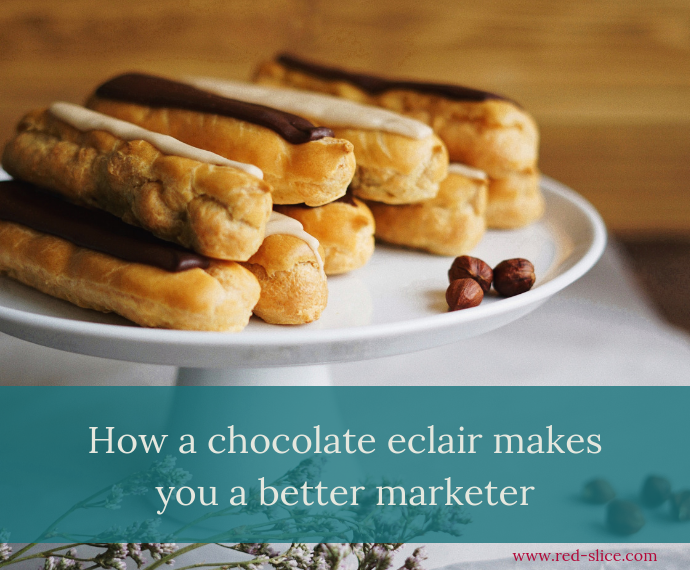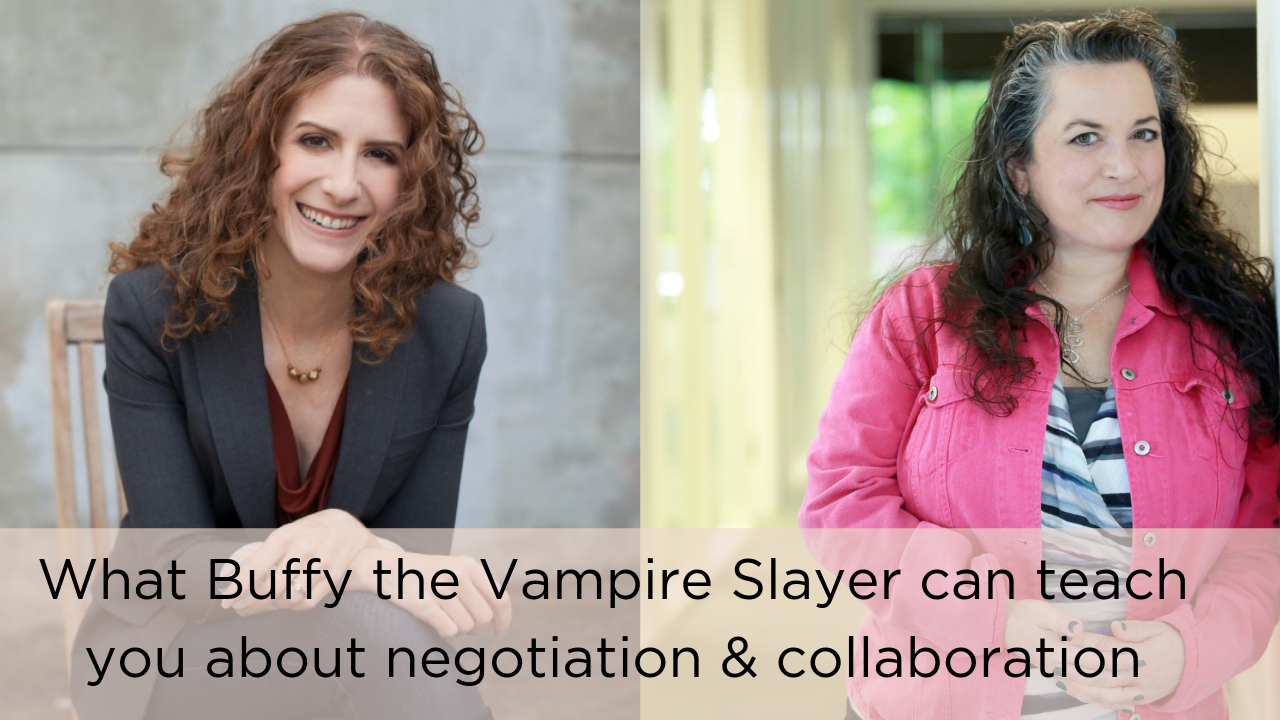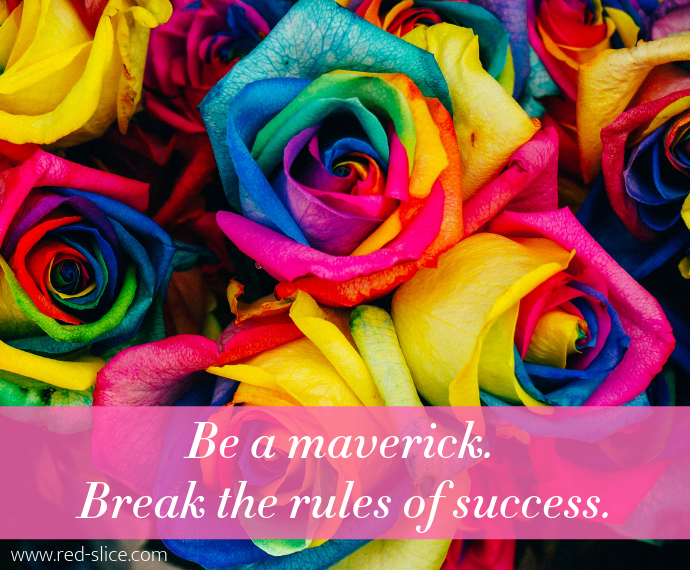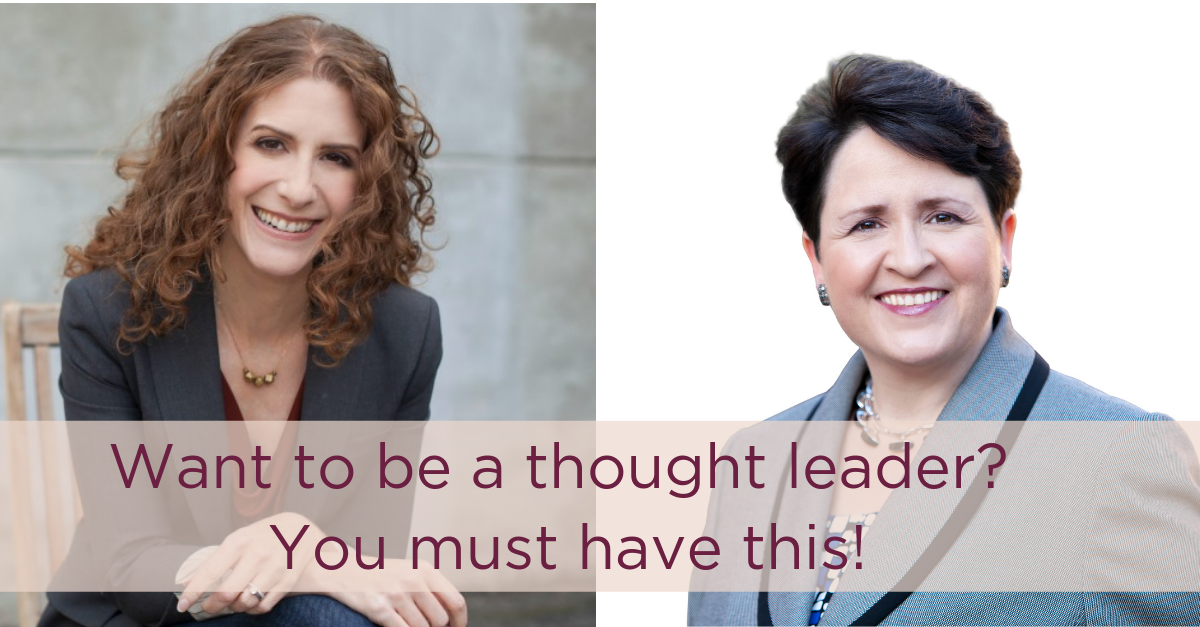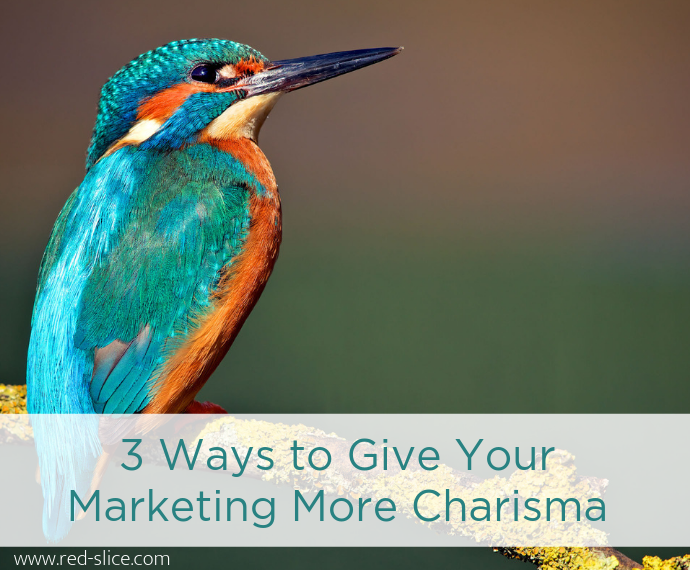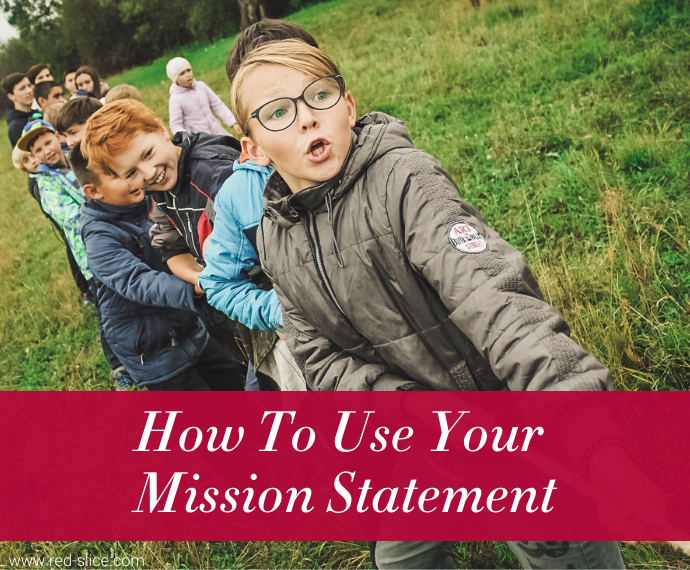
Mission statements are cute, aren’t they?
Clients get all tangled up in using words they’d never actually say and lofty statements that sound amazing but have nothing to do with their product or service. “Our mission is to empower women to be their best selves.” Um, you sell hosiery.
Or they make it so generic: “Our mission is to help people.” Help them do what?
Yes, some my favorite mission statements could fall into one of these categories. I adore JetBlue’s “Inspiring Humanity” but you may wonder, what the heck does that have to do with air travel?
A good mission statement is one that:
- Inspires
- Delights
- Informs what you do every day, at a high level, in support of your larger vision
- Has legs and room to grow
- Can be used to make decisions on a daily basis.
Let’s break this out.
The first two are pretty self-explanatory. If the statement is not going to send a little tingle up your spine, it’s not going to inspire employees or customers, which is what it is designed to do. A mission should encapsulate your brand strategy and support your reason for being.
But what about the other factors?
Your vision is your desired future state. What is the change you seek to make in the world with your work? If your vision was achieved, your organization might not be necessary anymore. So what is that large lofty world you imagine?
As I’ve said before, not every solopreneur needs a vision statement. But you DO need a mission statement.
Your mission communicates what you do every day in pursuit of your vision. But it needs to leave room for your whole suite of current and future products or services, not just one specific scenario.
(Read more about the difference between your Mission and Vision statement.)
Therefore, you must be able to use your mission statement, to some extent, when making daily decisions about product, direction, content, and priorities. “Does this decision help us achieve our mission?” If yes, do it. If not, rethink it. (Tweet This!)
We came up with some great mission statement options for clients this year (which I can’t reveal because rebranding is still pending!) What I loved is that all of my clients understood how to use this mission as a decision-making tool, not just as a cool poster on the wall.
That is how you use your Mission in your brand. You use it to communicate a higher purpose, a focus, and even the tone of your brand voice in how you write it. Your employees should know it from memory, not because they’ve been forced to, but because it’s used to guide the customer experience every day. They should be asking themselves in all decision-making meetings if what they propose is in pursuit of this mission or not.
This maintains a consistent experience across all touchpoints so that customers understand exactly what you do, what value you offer, and what you stand for.
And that, after all, is at the heart of what “brand” really is.
PS: Aligning on your mission statement is not merely a nice-to-have. It ensures everyone is in pursuit of the same goal, which makes decisions easier. Learn how REI’s strong alignment around mission led to one of the most successful marketing campaigns in history, the #OptOutside campaign, which results in the stores being closed on Black Friday. Where, you ask?! Check out my newest book, The Empathy Edge: Harnessing the Value of Compassion as an Engine for Success (A Playbook for Brands, Leaders, and Teams)


